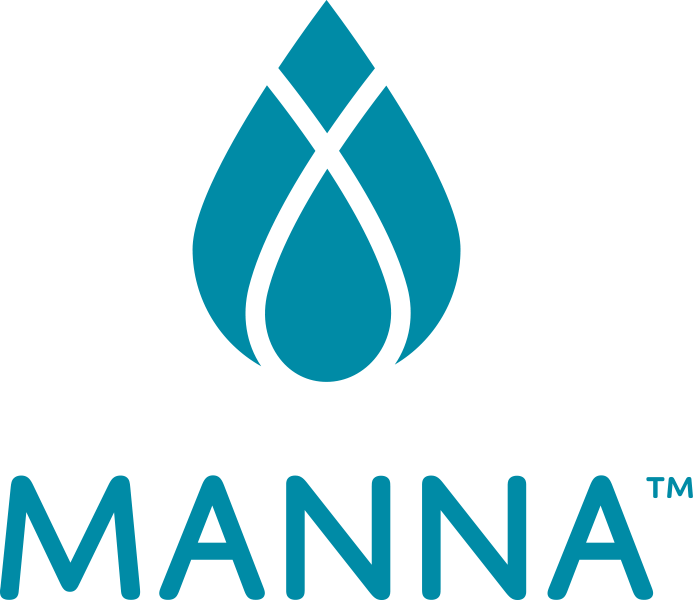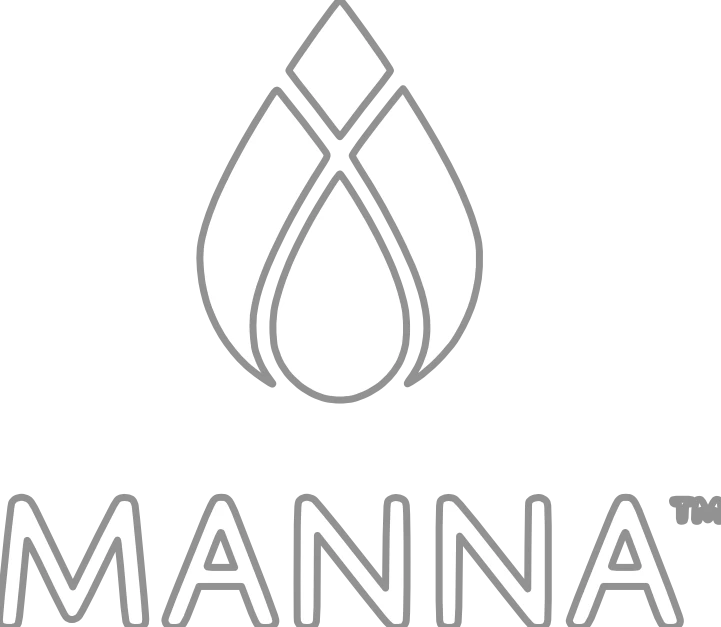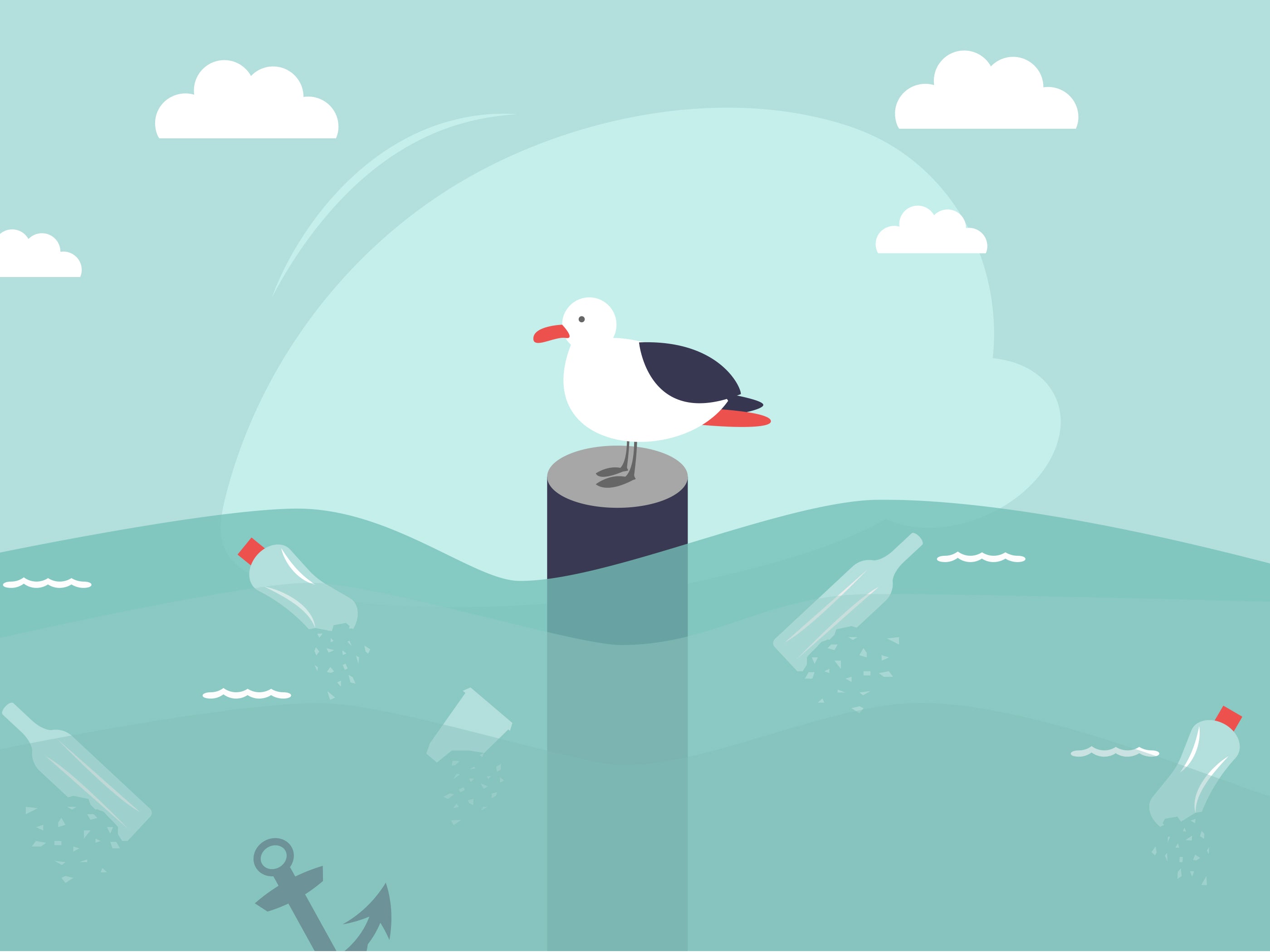
Bottled Water 101: What You Need To Know & What They Don't Want You to Know
Water…it makes the world go round. It’s necessary for our survival and the survival of every other creature on the planet.
Water is a vital part of our lives in big and small ways every single second of every single day. It’s why we’re so willing to spend big bucks to purchase bottled water when we’re thirsty, but did you know that bottled water isn’t all it’s cracked up to be?
At Manna Hydration, we believe in the power of water, but we also see what bottled water is doing to our environment. There are 2.6 trillion pounds of garbage in our oceans with nowhere to go, and bottled water is a HUGE contributing factor. It’s why we exist. Every Manna water bottle takes 200 plastic bottles out of landfills and oceans.
Why is this important?
Check out these bottled water facts, some you may know and some that may SHOCK you!
Bottled Water in the U.S. Is Basically Tap Water

You might think that the bottled water you’re drinking comes from a pristine stream in the middle of the mountains, but that’s not always the case. In fact, almost HALF of all bottled water in the U.S. is just reprocessed tap water sold for 3,000 times more money.
The truth of the matter is that tap water in the U.S. is already some of the safest and best water in the world. Before it ever comes out of your tap, it has to meet federal water quality standards, and that makes it pretty darn good already. Unless you live or travel to a country that doesn’t have potable drinking water, bottled water isn’t necessary.
And if you think your bottled water is telling you the truth about where it comes from, think again. There are very lax rules when it comes to bottled water labels. They don’t necessarily have to be honest when it comes to how the water has been treated or processed. So, your “Arctic Spring Water” might just be from Florida.
Bottled Water Can Be Contaminated
Even if you don’t agree about the quality of U.S. tap water, that doesn’t mean bottled water is safer or better. Like any other food product, bottled water can get recalled for contaminants. There have been more than 100 recalls of contaminated bottled water, though the public rarely hears about it.
Why were these bottles of water recalled? Here are some things that were found in bottled water:
- Benzene
- Mold
- Sodium hydroxide
- Kerosene
- Styrene
- Algae
- Yeast
- Tetrahydrofuran
- San
- Fecal coliform and other bacteria
- Elevated chlorine
- Glass particles
- Sanitizer
- Crickets
Bottled Water Standards Are Suspect
While tap water is regulated by the EPA, bottled water is regulated by the FDA. This results in less frequent quality testing as well as a lack of testing for certain contaminants. In addition, bottled water isn’t required to provide water quality reports to consumers.
For example, did you know that there are more than 70 different chemical contaminants that have allowable levels in bottled water? The reality is that the standards of your bottled water might not be as high as you think. According to one bottled water purity comparison of 25 bottled waters, most samples exceeded contaminate levels set by the EPA for mercury, thallium, and thorium.
Bottled Water Doesn’t Always Taste Better
And if you think bottled water just tastes better than tap, think again. In blind tastes tests, consumers often can’t determine which tastes better. According to one blind water taste test set by Good Morning America, New York City tap water tasted better than bottled water.
- NYC tap water received 45% of the votes
- Poland Spring received 24%
- O-2, Oxygenated Water got 19%
- Evian received 12%
And this result has happened over and over again.
Water Bottles Are Infinitely Wasteful & Harmful to the Environment

Potentially the worst aspect of bottled water is how much waste results from choosing bottled over tap. Every second, Americans buy, consume, and throw away around 1,500 plastic bottles—38 billion water bottles every year. That’s basically enough plastic bottles to travel to the moon and back 10 times.
And if you think those bottles are being recycled, think again. While most bottles say they’re “recyclable” few actually get recycled. Around 91% of all plastic gets dumped into landfills or left as litter.
And the waste from bottled water doesn’t end there. To create all that plastic requires oil, lots of oil—17 million barrels of oil to be exact. This means that every bottle of water puts pressure on our energy resources and contributes to the harm of our beautiful world. This represents an overwhelming challenge for using bottled water in an environmentally friendly way.
The Truth About Bottled Water
The truth is that bottled water isn’t what you think it is. It doesn’t taste better. It isn’t healthier with fewer contaminants than tap. And it doesn’t have a negligible impact on the environment. In fact, the truth is quite the opposite.
So, why do Americans continue to purchase bottled water day in and day out? It’s a matter of ignorance, so our goal is to reveal the truth and help our consumers choose a better option.
With a Manna water bottle, you’re making great strides to reduce the amount of plastic in our oceans, reduce our dependence on oil production, and increase your access to high-quality water. Filling up your fashionable and sustainably made Manna water bottle with high-quality tap water or filtered water means you know exactly what you’re getting and can trust that you’re helping the environment.
Isn’t that worth the switch?




Leave a comment
This site is protected by hCaptcha and the hCaptcha Privacy Policy and Terms of Service apply.